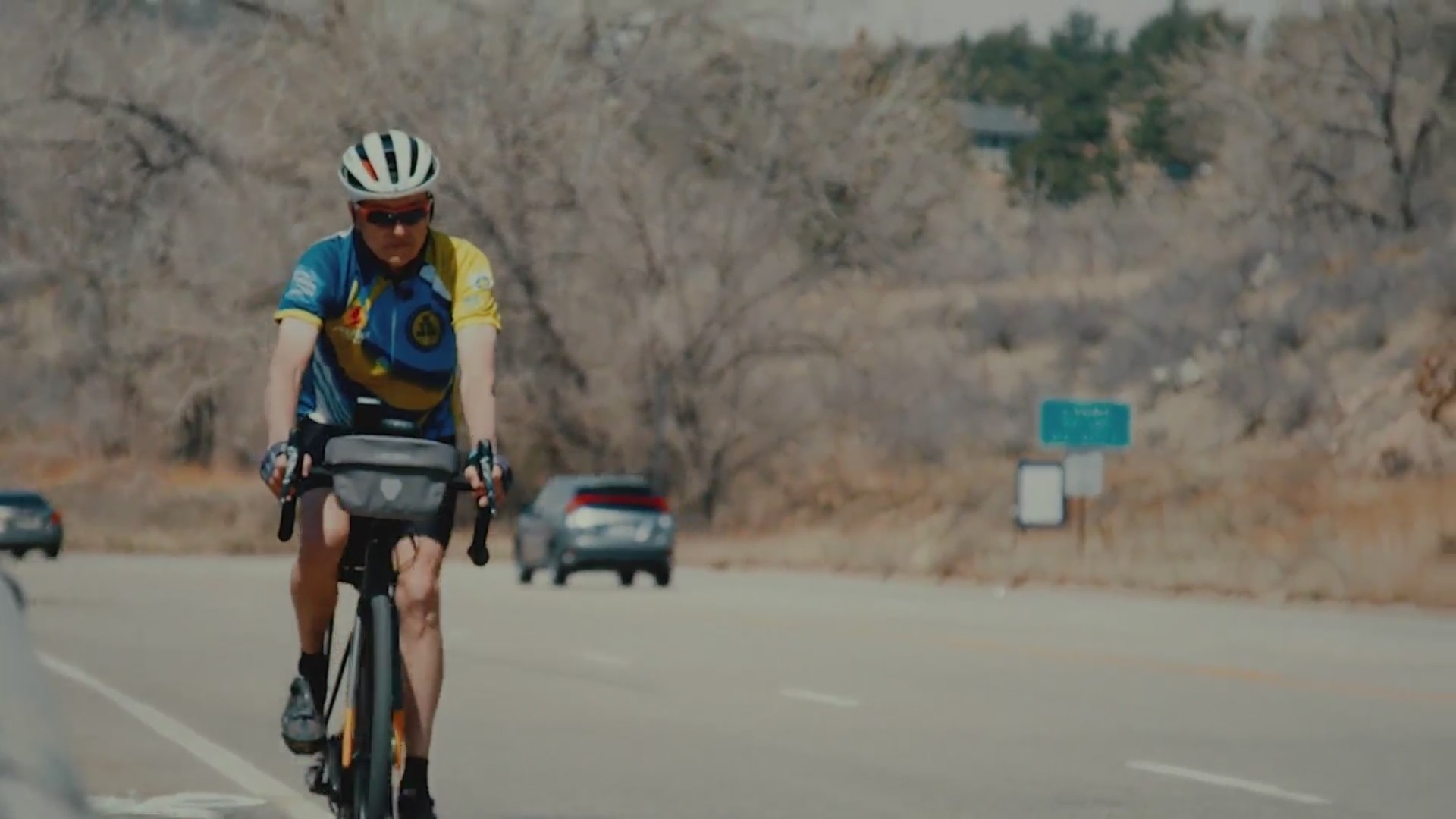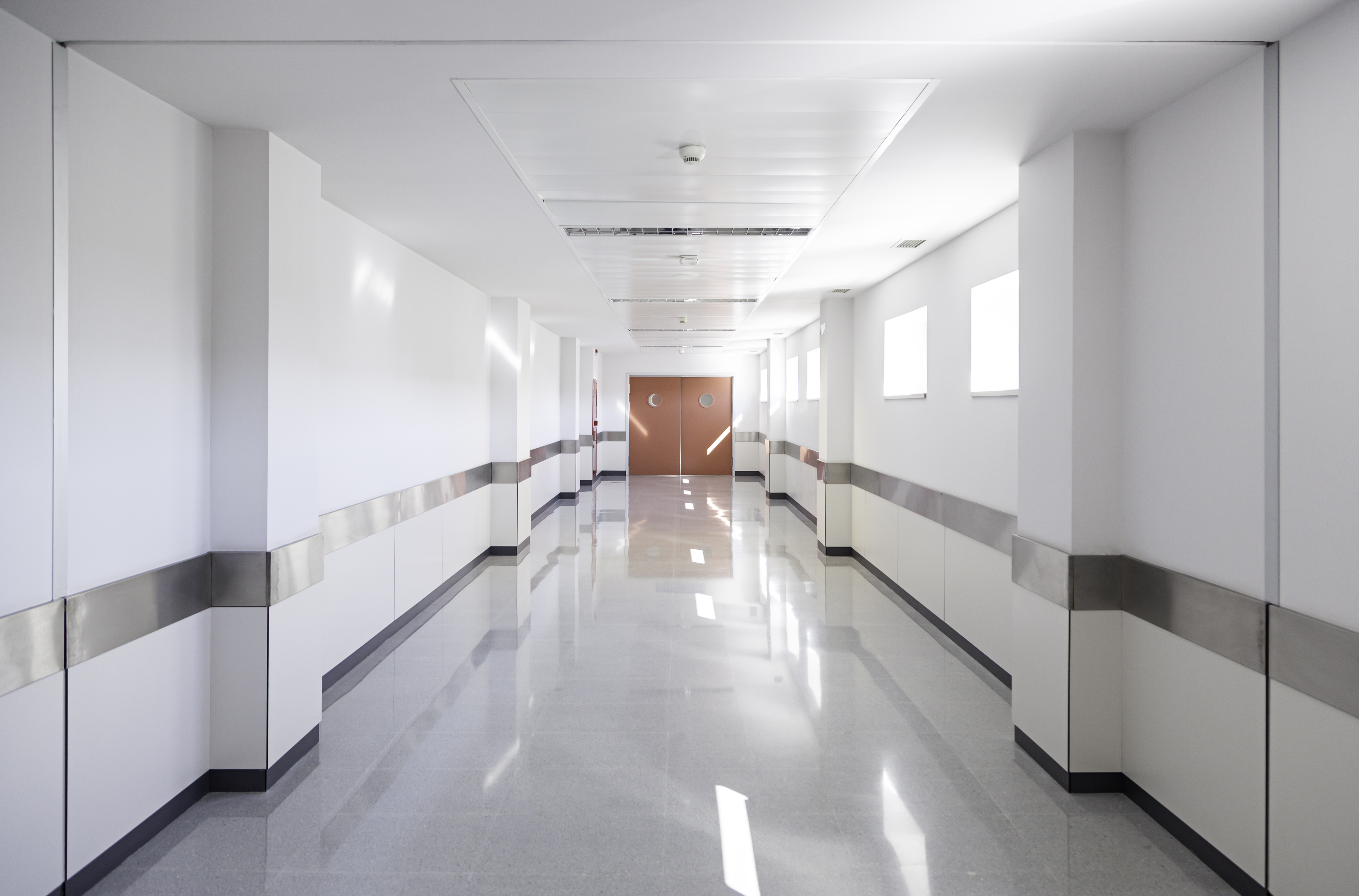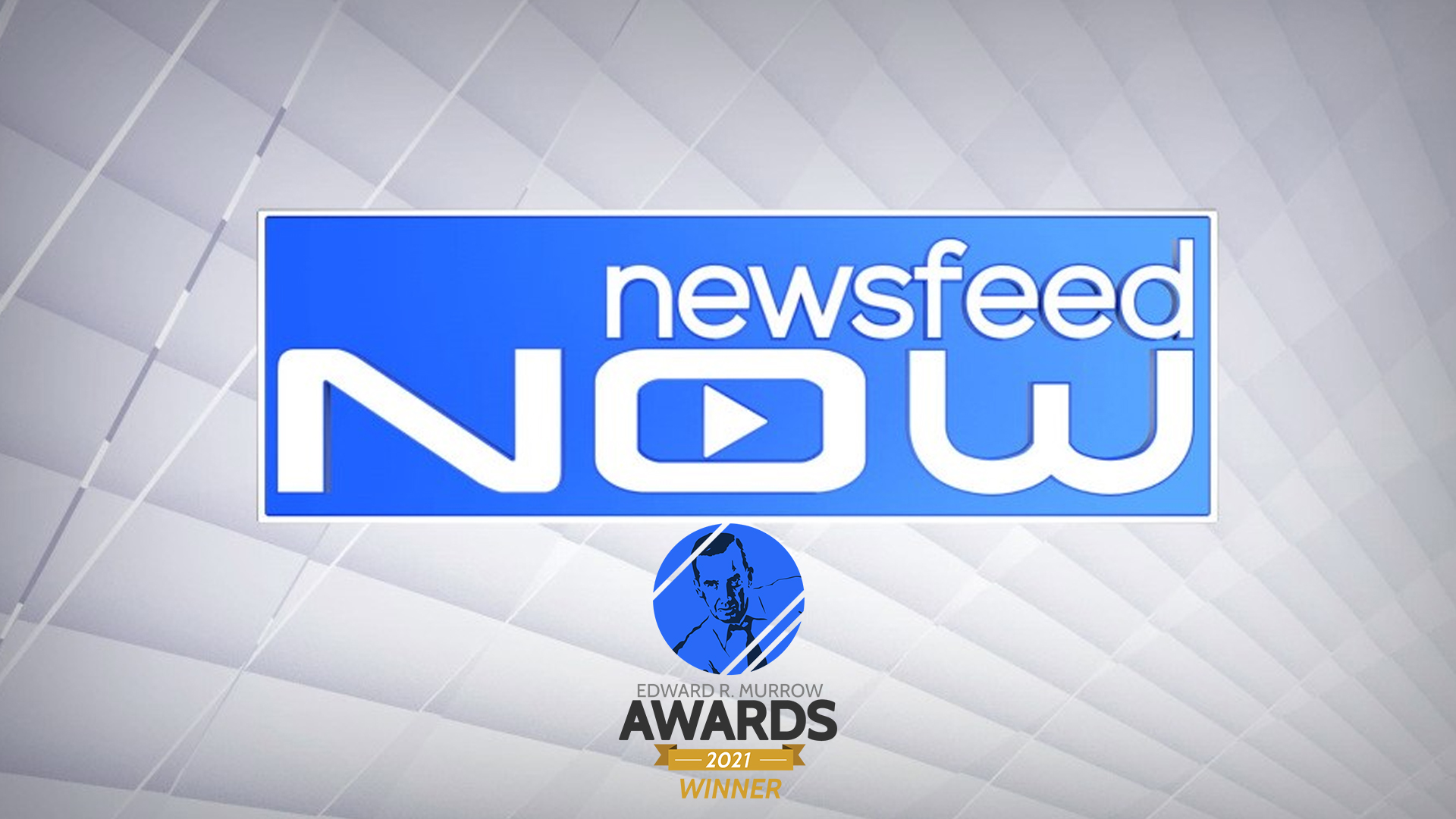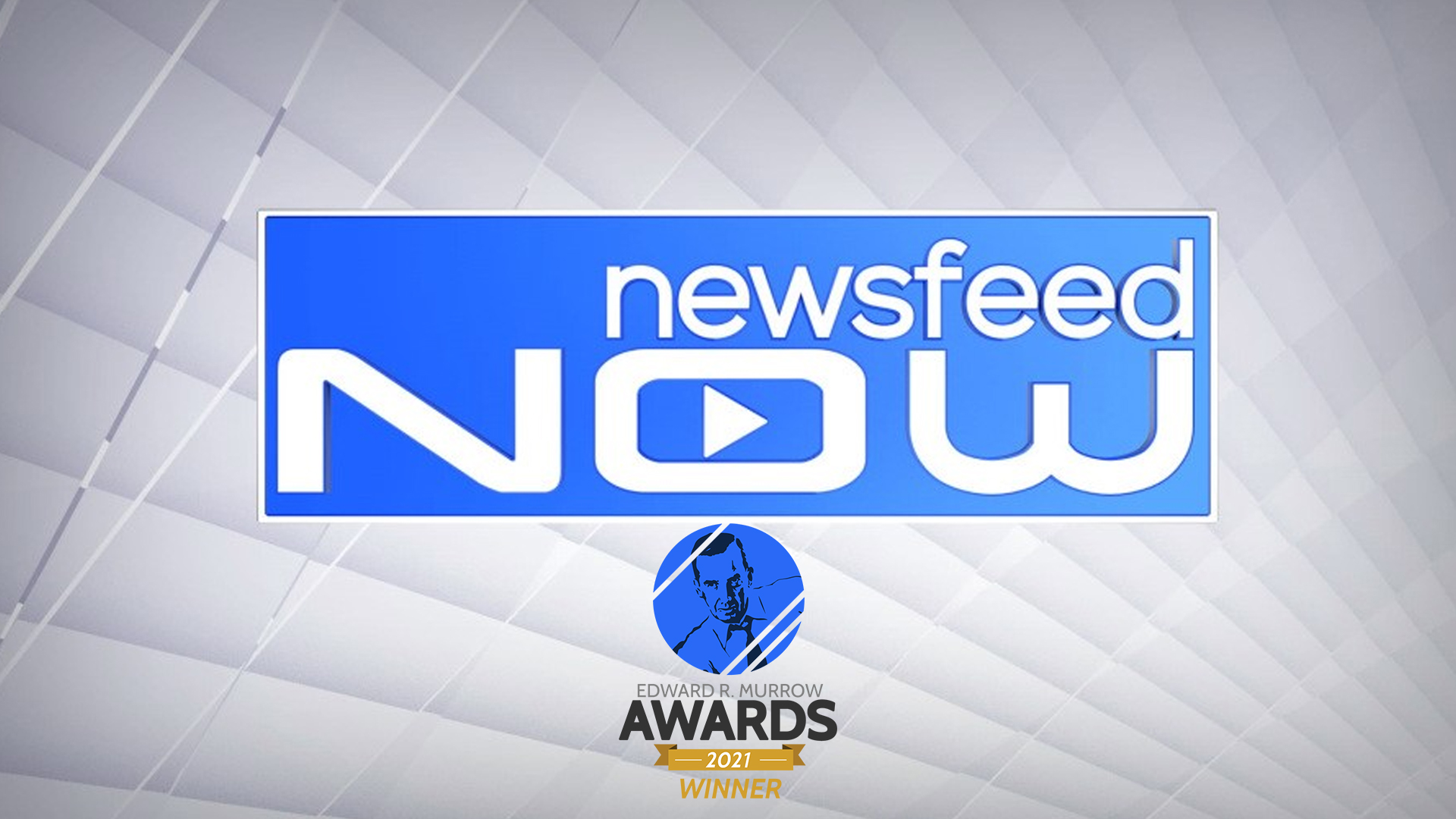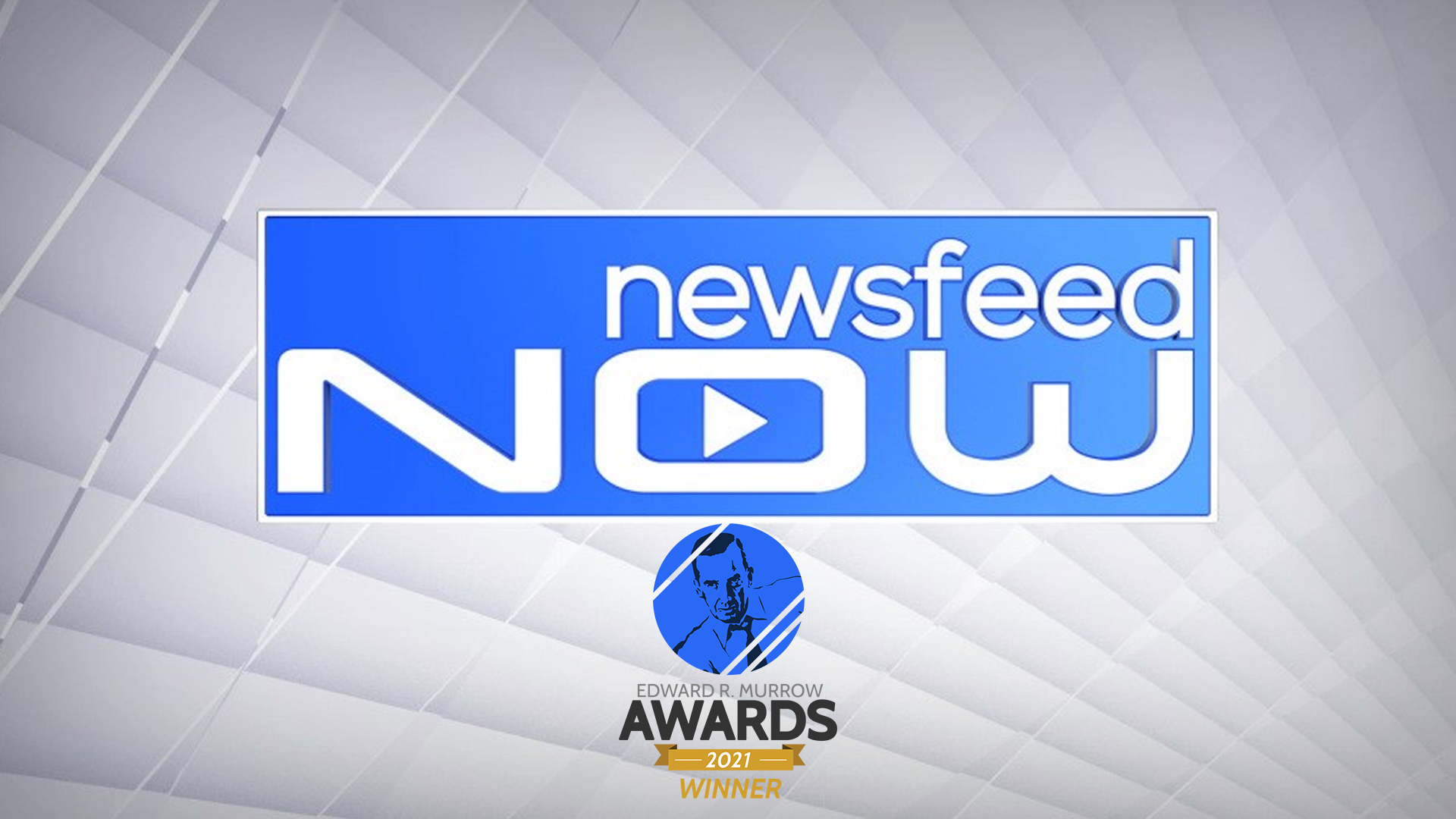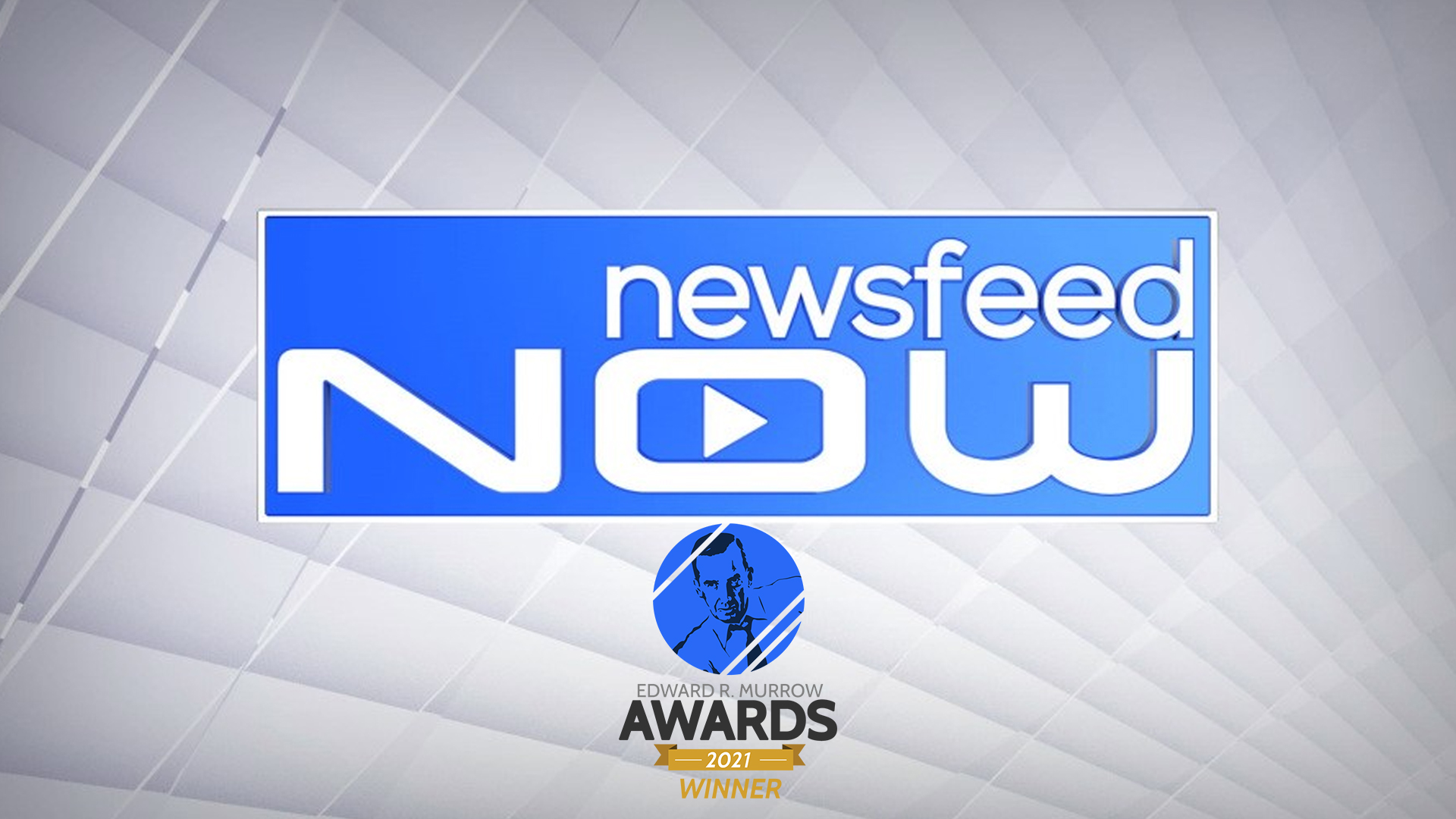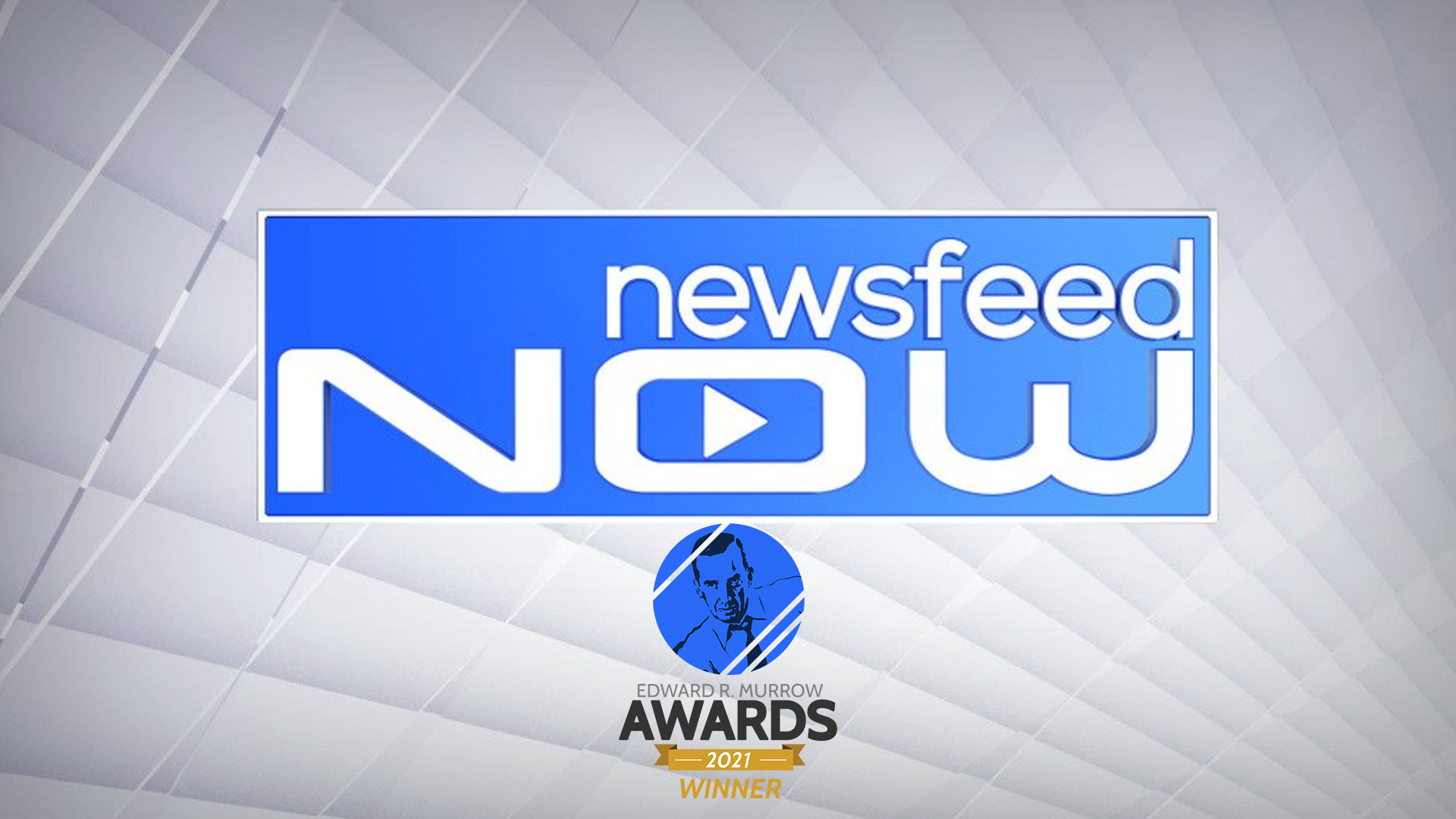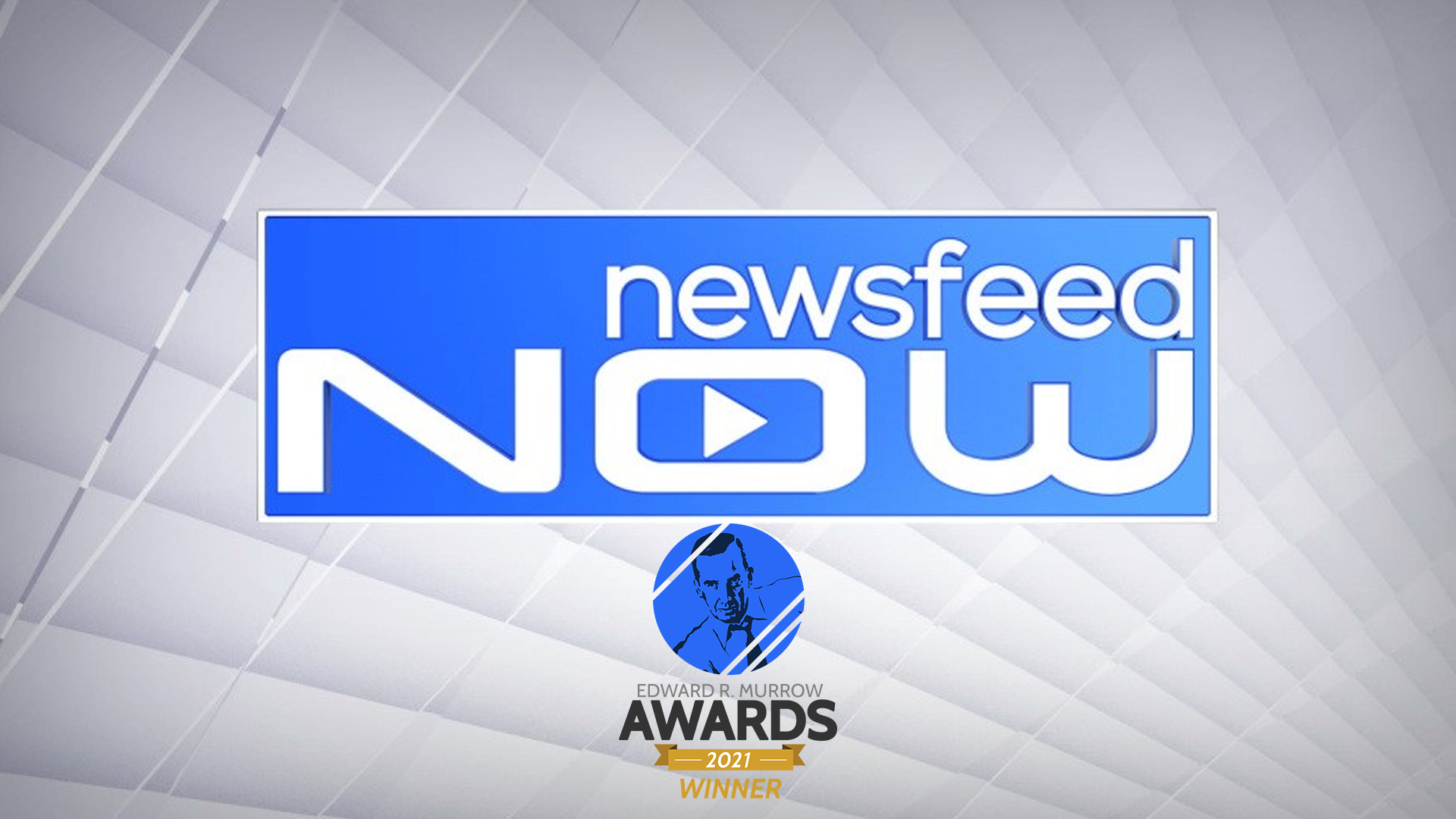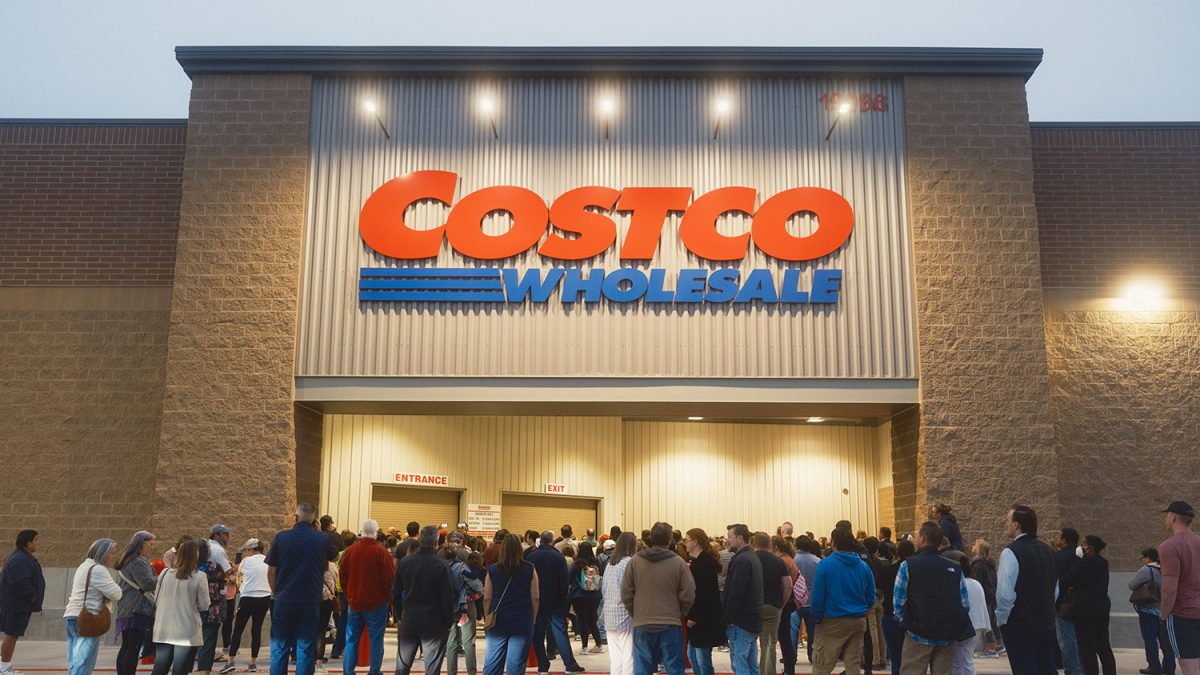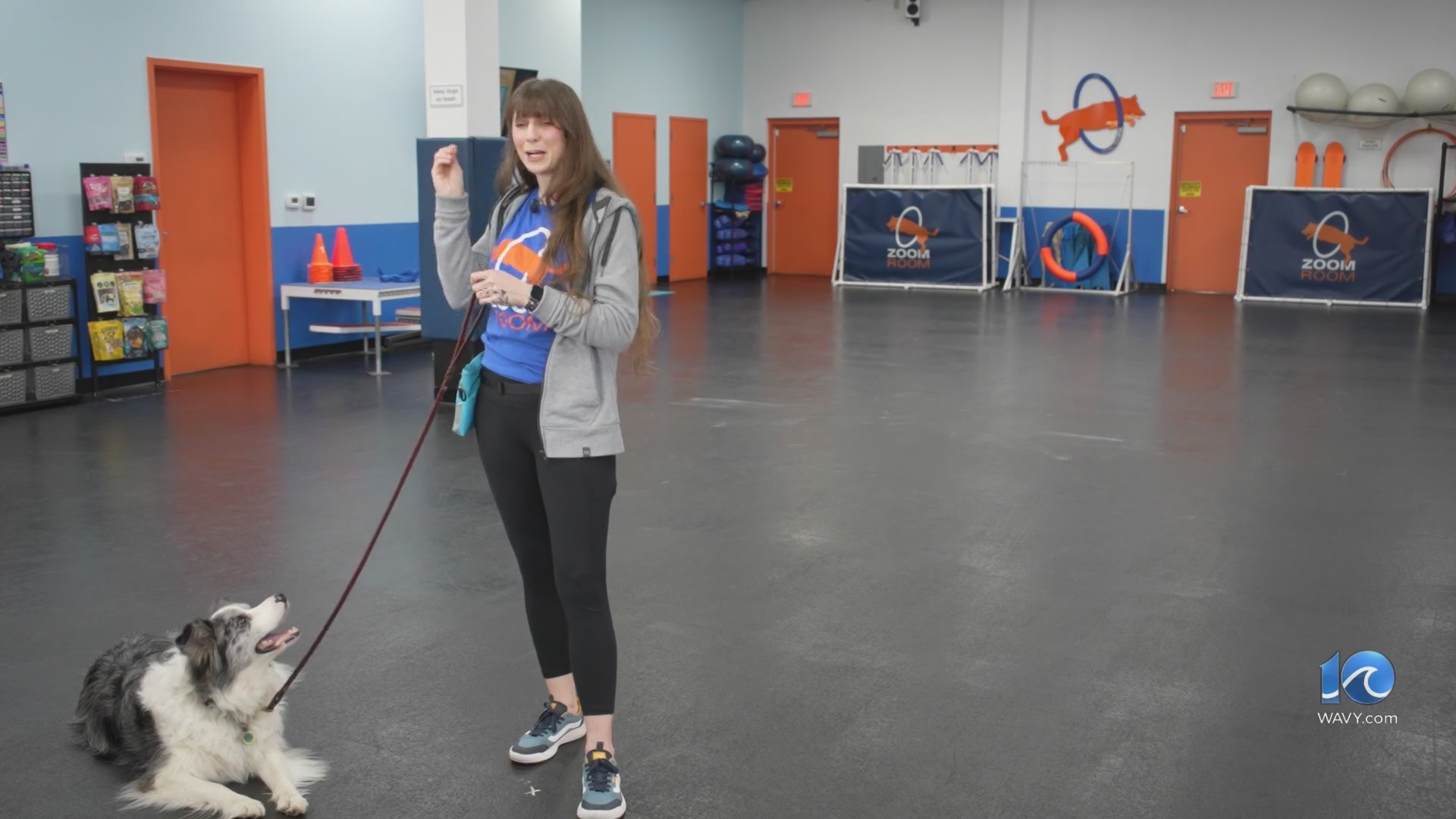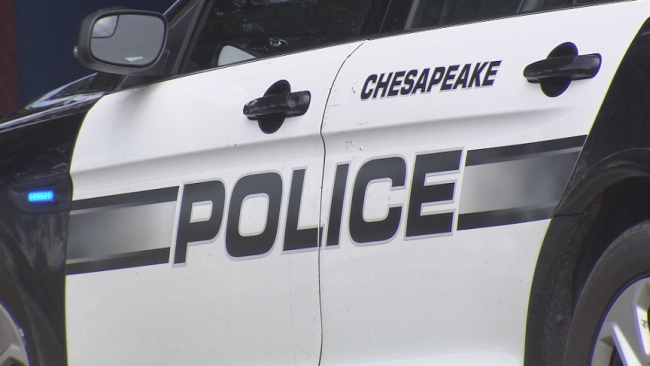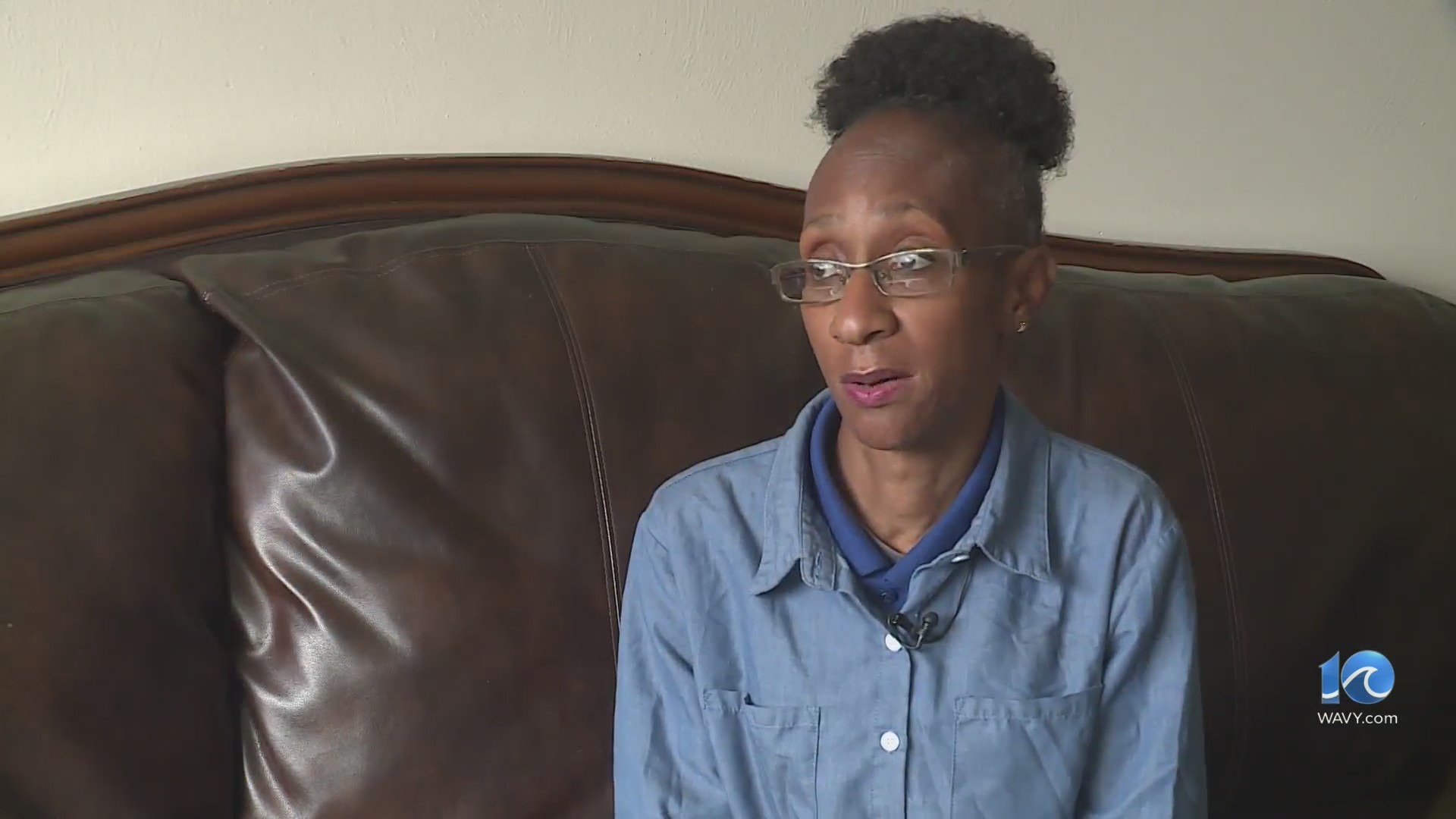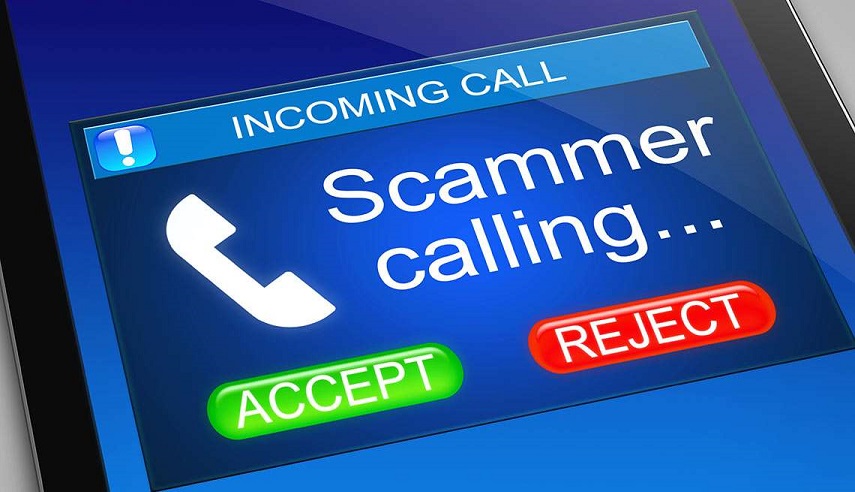NORFOLK, Va. (WAVY) — On February 13, 10 On Your Side showed up at the Newtown Road exit at the 264-64 interchange, and waited for Hampton Roads’ newest toll to start.
It was 4:50 a.m. when the variable message board changed from “HOV EXPRESS OPEN TO ALL NO TOLL” TO “OPEN TOLL $.50 HOV 2-NO TOLL.”
The 64 Express Lanes from 264 heading west towards the Hampton Roads Bridge were open for business.
The toll is supposed to start at 5 a.m., and some of you have emailed 10 On Your Side asking: if the toll begins at 5 a.m., why do toll signs say $0.50, 10 minutes early at 4:50 a.m.?
10 On Your Side took that question to VDOT, the operator of the Express Lanes.
“Tolls do not begin at 4:50,” said Paula Miller, VDOT spokesperson and former member of the House of Delegates.
But 10 On Your Side reminded her that the sign said tolls were $0.50 at 4:50 a.m.
“We start notifying the public 10 minutes out,” Miller insisted. VDOT does that because you will be tolled if you enter the Express Lanes and don’t get to the toll gantry 8 miles down the road before 5 a.m. or 2 p.m. heading east leaving Naval Station Norfolk in afternoon rush hour.
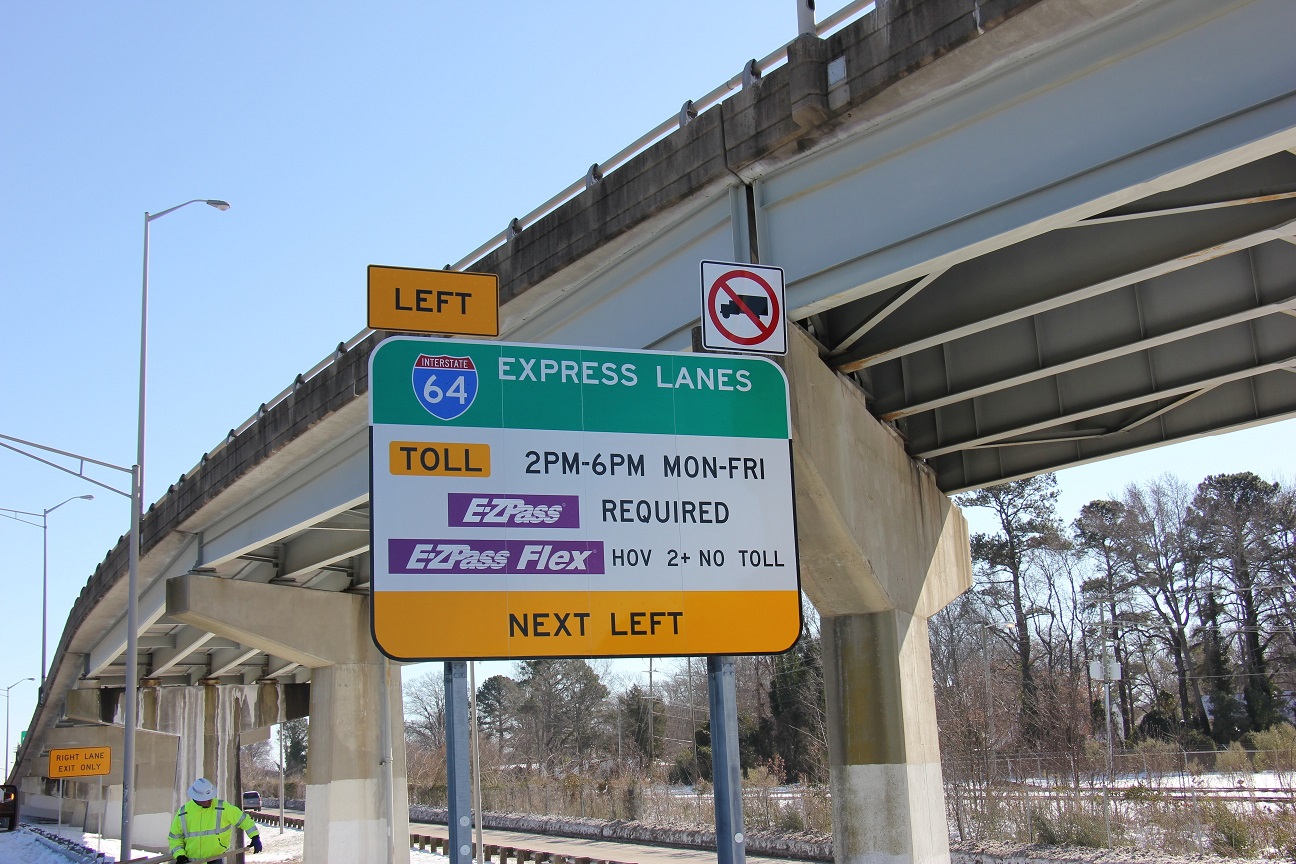
Lewis Mancebo has used the Express Lanes, but became exasperated, and has stopped using them all together.
“I feel like I’m trying to avoid them because I don’t want to get ripped off,” Mancebo said. He doesn’t trust VDOT and a tolling system that seems to change the toll every 10 minutes. “I don’t know why. There is no rhyme or reason that I can figure.”
10 On Your Side took Mancebo’s concerns to VDOT. Miller says the more congested the Express Lanes, the higher the toll.
If you look up on polls along the expressway, you’ll see 22 vehicle detector sensors. They detect the number of cars on the Express Lanes at any given time, that information is sent back to a server and that determines what the toll is, and it changes every ten minutes.
“The price difference was like $3 or $4, and I couldn’t really make sense of that… I don’t use the lanes anymore,” Mancebo says.

He doesn’t understand tolls that keep changing 60 cents to 70 cents to 75 cents to 95 cents, every 10 minutes, “The price is there before they even enter the Express Lanes. They’ve seen two pricing signs, which allows them to make that decision whether or not to commit to those lanes…it is their choice, their option,” Miller says.
Kenneth Scales is a huge fan of the Express Lanes and the tolls: “I think they have them at a good price. I find it works, it just works.”
Miller also points to the Express Lanes app, that immediately tells you how much the toll is.
10 On Your Side found it to be very convenient and very accurate. More than 2,100 people have already downloaded the tolling app.
The tolls are only activated during weekday mornings from 5-9 a.m. and in weekday afternoons from 2-6 p.m. Miller gave us statistics for the first 40 days of operation that began January 10.
AVERAGE TOLLS
Morning: $0.92
Afternoon: $1.13
Round Trip: $2.05
To ride on the Express Lanes, you must have an EZ-Pass or an EZ-Pass Flex, and according to VDOT, almost all drivers have them at percentages in the 80s and 90s, respectively. Those are impressive numbers. There is no toll at all if you have a Flex pass in the HOV-on position, with two or more people in the vehicle. No toll at all.
During our time on the Express Lanes, 10 On Your Side saw Virginia State Police enforcing the HOV, and State Police report they have issued 200 summons, and each summons could cost you $100.
Most of the stops were for single drivers with an EZ-Pass Flex in the HOV-on position, driving for free, claiming they have two or more people in the car when in fact they are driving alone.
The Flex pass activates a light in the gantry, State Police positioned under the gantry see the light flash, then look in the car. If they see only one person, they follow the vehicle and stop it.

If you thought Express Lanes would lead to carpooling, think again. Here is a shocking discovery: during morning rush hour 10 On Your Side found only two cars with two people inside.
Everyone else was driving alone. Miller points out, “They have the opportunity to use the Express Lanes for the very first time…as solo motorists.” Even Mancebo, who doesn’t drive the Express Lanes anymore appreciated that, “Yes, I liked that.”
SINGLE DRIVERS ON 64 EXPRESS LANES
Morning: 3,562, or 77 percent of total traffic
Afternoon: 4,521, or 78 percent of total traffic
VDOT’s Regional Operations Director Dwayne Cook, “They’re (those driving alone in the car) are choosing to use those lanes now when they couldn’t before.”
Why VDOT can’t change HOV lanes back to general purpose lanes
On one morning, it was impressive how the traffic in the all-purpose regular lanes was moving just as fast as the Express Lanes, and that raises the point Mancebo brought up, “If traffic is flowing on the regular lanes, I can just take the regular lanes…why pay for Express Lanes when I get there just as fast?”
Are the Express Lanes victims of their own success?
VDOT hopes the Express Lanes decrease traffic by 17 percent on the regular I-64 lanes, and VDOT thinks the number of ships in port at Naval Station Norfolk impacts traffic. Cook adds, “When there are multiple ships in port, multiple carriers in port, the congestion getting to and from the base is pretty significant.”
Miller says VDOT expects the lanes to $2.1 million in tolls in 2018 and $2.48 million in 2019. With projected operating costs of $1.41 million and $1.49 million in those years, respectively, VDOT is required to then use the projected $690,000 of net revenue in 2018 and nearly $1 million in 2019 for area capital improvement projects on the I-64 corridor.
In 2023, toll revenue will start going towards paying back the $19 million in capital costs of the Express Lanes project to the Toll Facility Revolving Account, which includes the costs of the initial study, design costs, contractor costs, etc. That’s expected to be repaid over a 30-year period. Anything left over after operating costs and payment toward the revolving account will be directed towards local infrastructure projects, Miller says.
Scales thinks the Express Lanes are working, and easing congestion, “I think it is a godsend when traffic is heavy from the base, and you can use the lane, it is gravy.”
Miller sums it up this way: “The goal has always been to move people and manage congestion, and we think we are accomplishing that with Express Lanes, and we believe they will continue to grow in popularity.”



